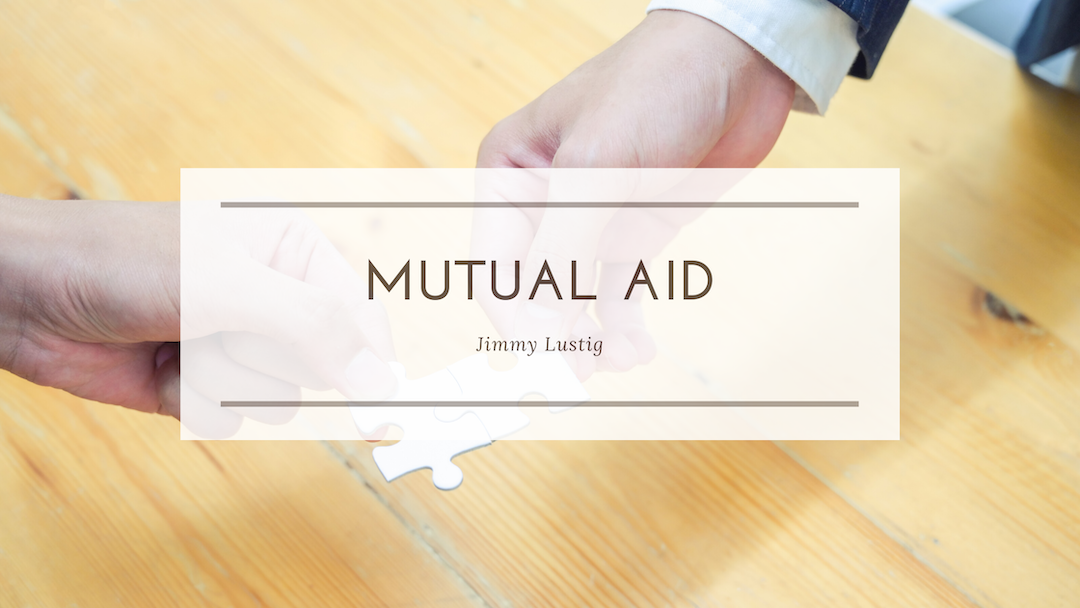Often times, philanthropy is synonymous with charity. Those who are able to contribute will typically donate money to a cause, which usually takes the form of a non-profit organization. Did you know, however, that there are other ways to get involved that deviate from this framework? This is where mutual aid comes in.
Mutual aid puts power in the hands of the people. In times of need, communities take on the responsibility for caring for one another rather than requiring individuals to fend for themselves. This form of organization is volunteer-run, transparent, and driven by the needs of the community members. Mutual aid is a symbiotic relationship where all people offer material goods or assistance to one another.
It’s important to distinguish mutual aid from charity. Under charity, a centralized organization serves as an intermediary between the giving and receiving parties where the recipient is often dependent on a relationship negotiating their access to access to resources. Many charities are funded in part by grants, which, in a sense is money with conditions attached. This money, often coming from wealthy individuals or corporations, comes with the intention to address social problems and serve the needy. As a result, however, it is these same entities that decide what strategies should be funded.
While both charity and mutual aid seek to provide help to those that need it, key differences lie in the underlying structure of both frameworks. Mutual aid builds solidarity by allowing people to work together and participate in shared political education programming. By creating a space where people can come together based on shared need and work closely with those whose experiences differ from their own, mutual aid helps to cultivate solidarity.
Collective care has existed throughout the history of humanity, but in modern times, this is a radical act. Most recently amid America’s climate of political unrest and the coronavirus pandemic, we’ve seen examples of mutual aid in action. Mutual aid funds have been circulating to secure donations and redistribute that money to populations made vulnerable by the economic closures resulting from COVID-19. Communities have organized aid groups by collecting and distributing supplies to at-risk populations such as the homeless and minority communities. As one organizer says, “What we need people to understand is that direct outreach and mutual aid is going to keep you safe.”
